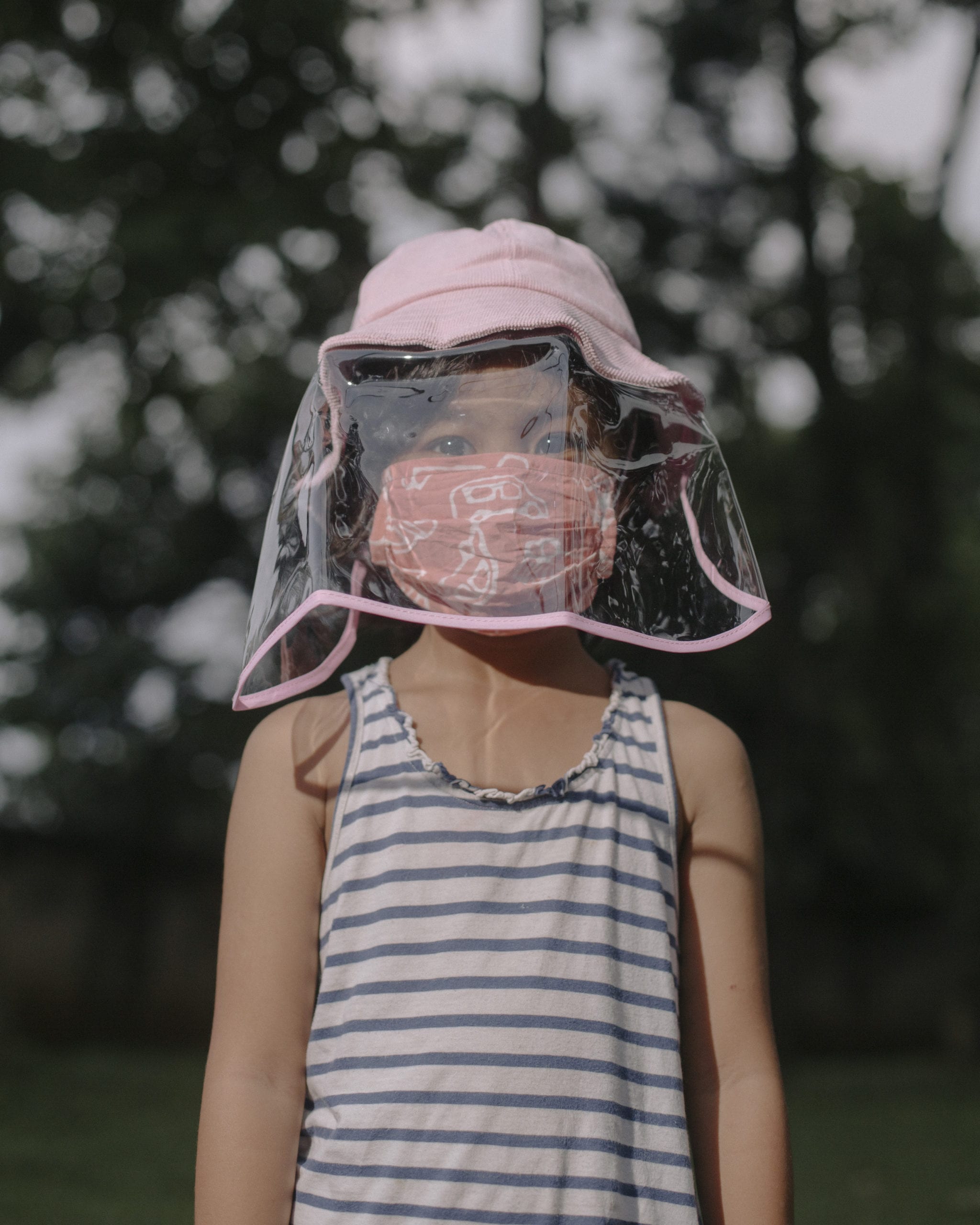FORMAT International Photography Festival returns with both a physical and virtual programme, more expansive than ever before
Aluna's Covid-19 outfit, Times Like These © Atikah Zata Amani.
Source:
From Collaboration > Control, featuring multimedia work from Anna Ehrenstein, Nida Mehboob, Ashfika Rahman and the #turbinebagh solidarity movement © courtesy FORMAT21
Source:© 2022 - 1854 MEDIA LTD